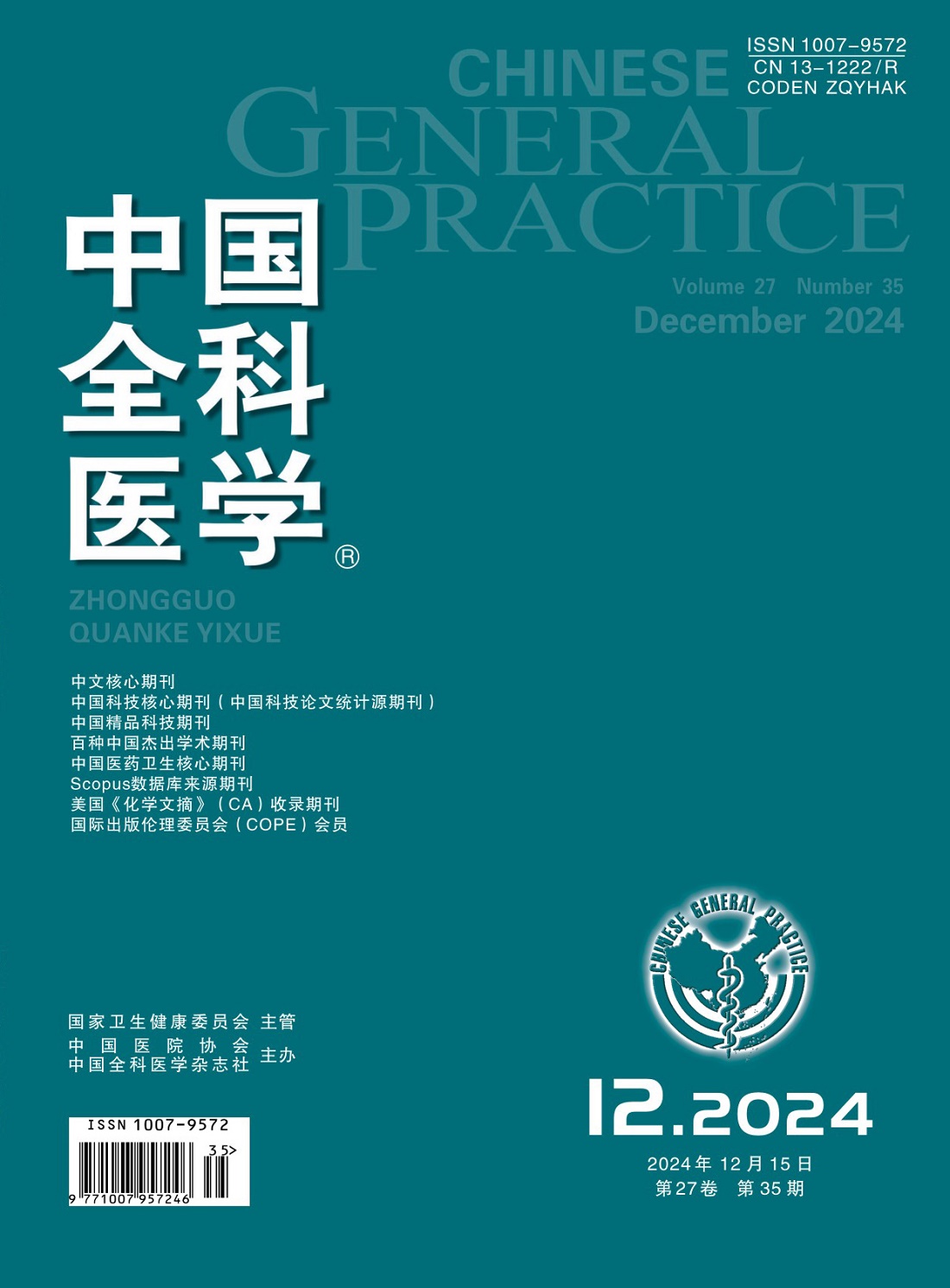Clinical Features and Prognostic Risk Factors of COVID-19 in Adults: a Retrospective Analysis of 93 Cases
Q3 Medicine
引用次数: 0
Abstract
Background: Since April 2020, the number of newly diagnosed cases and death cases of COVID-19 have decreased significantly in China but increased rapidly abroad Early diagnosis and treatment are of great concern to improving the prognosis of COVID-19 patients Objective: To investigate the clinical features and prognostic risk factors of adult patients with COVID-19, offering a reference for clinical diagnosis and treatment of this disease Methods: A retrospective design was used Participants were 93 adult cases of COVID-19 who were treated in Beijing Youan Hospital between January and February 2020 They were categorized into common, severe and critical types by the most serious conditions during hospitalization, in accordance with the Diagnosis and Treatment Protocol for COVID-19(Trial Version 7)issued by the National Health Commission of the People's Republic of China Indications such as general information, major clinical manifestations, baseline laboratory parameters, APACHE II and SOFA scores within 24 hours of admission, imaging findings, comorbidities and complications, treatments and outcomes were collected Results: There were 57 cases of common type(61 3%), 22 of severe type(23 7%)and 14 of critical type(15 0%) The male ratio was slighter higher in critical group, and female ratio was slighter higher in other groups, but sex composition showed no significant differences across the groups(P>0 05) The median age for common, severe and critical groups was 45 0, 62 0 and 81 0 years, respectively, showing significant differences(P0 05) Dyspnea occurred in all severe or critical cases, showing a higher incidence than common cases(100 0% vs 31 6%)(P<0 05) The incidence of lymphocytopenia in critical group was 100%, which was significantly higher than that in common group(49 1%)or severe group(59 1%)(P<0 05) Acute liver injury was the most common complication(58 1%)in all cases, but its incidence was obviously increased in severe group (77 3%) or critical group(92 9%), than that of common group(42 1%)(P<0 05) Chinese medicine therapy was used in 75 3% of all cases, but the severe cases had a higher rate of treating with Chinese medicine than critical cases(90 9% vs 50 0%, P<0 05) The rate of corticosteroid use in severe cases(63 6%)or critical cases(64 3%)was significantly increased than that of common cases(5 3%)(P<0 05) Six patients(6 5%)were treated with invasive ventilation, but only 1 of them(16 7%)was successfully extubated ultimately Nine patients(9 7%)died in hospital due to all causes Logistic regression analysis revealed that age ≥74 years〔OR(95%CI)=33 714(3 021, 376 211), P=0 004〕and baseline SOFA≥2 5〔OR(95%CI)=15 447(1 331, 179 260), P=0 029〕were independent risk factors for in-hospital death Conclusion: COVID-19 mainly manifests as respiratory infections Severe patients are apt to appear tissue injury and dysfunction of organs like liver, kidney and heart, etc The majority of patients have a favorable outcome Age and baseline SOFA score would help to label the prognosis of patients at an early stage Copyright © 2021 by the Chinese General Practice成人COVID-19临床特征及预后危险因素:93例回顾性分析
背景:自2020年4月以来,国内新型冠状病毒肺炎新发病例数和死亡病例数明显下降,而国外新型冠状病毒肺炎新发病例数迅速上升。早期诊断和治疗对改善新型冠状病毒肺炎患者预后具有重要意义。目的:探讨新型冠状病毒肺炎成人患者的临床特点及预后危险因素,为临床诊治提供参考。采用回顾性设计,研究对象为2020年1 - 2月在北京佑安医院就诊的93例成年新冠肺炎患者,按照住院期间病情最严重程度分为普通、重症和危重型,参照中华人民共和国国家卫生健康委员会发布的《新冠肺炎诊疗方案(试行第七版)》一般信息、收集两组患者的主要临床表现、基线实验室参数、入院24小时内APACHE II和SOFA评分、影像学表现、合并症和并发症、治疗方法和结局。普通型57例(61 3%),重症22例(23 7%),危重型14例(15 0%),危重组男性比例略高,其他组女性比例略高,但性别构成各组间差异无统计学意义(P < 0.05),普通组、重症组、危重组的中位年龄分别为45岁、62岁、81岁,差异有统计学意义(P < 0.05)。显示发病率高于一般情况下(100 0%和31 6%)(P < 0 05)关键组淋巴细胞减少症的发生率为100%,明显高于普通组(49 1%)或严重组(59 1%)(P < 0 05)急性肝损伤是最常见的并发症(58 1%)在所有情况下,但其发病率明显增加严重组(77 3%)或关键组(92 9%),比普通组(42 1%)(P < 0 05)中医治疗是使用在75年3%的情况下,重症患者使用中药治疗的比例高于危重患者(90% vs 50%, P< 0.05),重症患者(63.6%)或危重患者(64.3%)使用皮质类固醇治疗的比例显著高于普通患者(5.3%,P< 0.05),有创通气治疗6例(6.5%);Logistic回归分析显示,年龄≥74岁[OR(95%CI)=33 714(3 021, 376 211), P=0 004]和基线SOFA≥2 5 [OR(95%CI)=15 447(1 331, 179 260), P=0 029]是院内死亡的独立危险因素。COVID-19主要表现为呼吸道感染,重症患者易出现组织损伤和肝、肾、心等脏器功能障碍,多数患者预后良好,年龄和基线SOFA评分有助于早期标记患者预后版权所有©2021中国全科医生
本文章由计算机程序翻译,如有差异,请以英文原文为准。
求助全文
约1分钟内获得全文
求助全文
来源期刊

中国全科医学
Medicine-Family Practice
CiteScore
0.70
自引率
0.00%
发文量
27733
期刊介绍:
Chinese General Practice, established in 1998 and approved by the National Press and Publication Administration, is governed by the National Health Commission and sponsored by the Chinese Hospital Association and the Publishing House of Journal of Chinese General Practice. The journal aims to promote the concept of "wellness," provide timely reporting of outcomes in general practice and clinical research, and facilitate the development of general practice and community health services in China. It also aims to disseminate general practice research globally and establish a platform for scientific research and academic exchange.
The target audience of the journal includes researchers, educational personnel, policy makers, managing staff, and professionals in general practice and community health services, as well as those in related specialties.
 求助内容:
求助内容: 应助结果提醒方式:
应助结果提醒方式:


